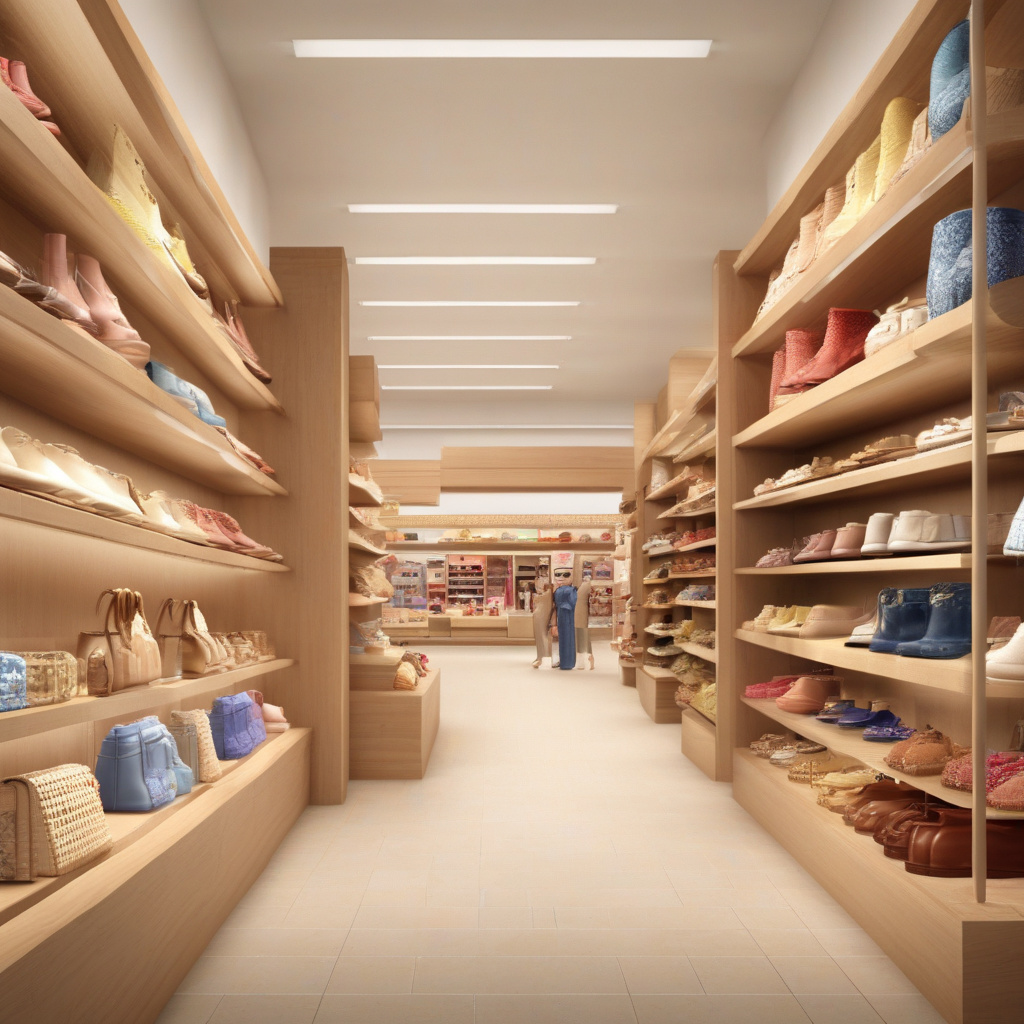The Evolution of Personalization in Retail
In the rapidly changing landscape of retail, personalization has emerged as a key strategy to attract and retain customers. By 2025, the competitive edge for retailers will largely hinge on their ability to leverage data effectively to meet customer expectations. As consumer preferences continue to shift, brands that can harness insights from data analytics will position themselves to thrive in this dynamic environment.
Personalization is not a new concept in retail; however, its execution has evolved significantly over the years. Initially, personalization was as simple as addressing customers by their names in emails or offering tailored recommendations based on past purchases. Today, the expectations have grown exponentially. Consumers now demand a shopping experience that reflects their unique preferences and behaviors at every touchpoint, whether it be in-store or online.
One of the driving forces behind this evolution is the proliferation of data. Retailers have access to an unprecedented amount of information about their customers, from demographics and purchase history to online browsing behavior and social media interactions. This data is a treasure trove for marketers, providing insights that can inform everything from product development to targeted advertising campaigns.
However, with the increasing focus on data privacy, retailers must navigate a complex landscape of regulations while still delivering personalized experiences. As consumers become more aware of how their data is used, transparency and trust have become paramount. Brands that prioritize ethical data practices and communicate openly with customers about data usage will foster stronger relationships and customer loyalty.
For instance, the implementation of the General Data Protection Regulation (GDPR) in Europe has set a precedent for data privacy laws worldwide. Retailers must ensure compliance while finding innovative ways to personalize customer experiences. This can include utilizing first-party data, which is collected directly from customers, as opposed to third-party data, which can be less reliable and more controversial.
A notable example of effective personalization is the way companies like Amazon and Netflix leverage data to enhance user experiences. Amazon uses sophisticated algorithms to analyze customer behavior and recommend products, creating a highly personalized shopping experience. Similarly, Netflix’s recommendation engine analyzes viewing habits to suggest films and shows, keeping users engaged and satisfied. These companies demonstrate that understanding customer preferences through data can lead to increased sales and customer retention.
Moreover, technology plays a crucial role in the evolution of personalization in retail. Artificial intelligence (AI) and machine learning are becoming indispensable tools for marketers. These technologies can analyze vast datasets in real time, enabling retailers to deliver timely and relevant offers to customers. For example, chatbots powered by AI can provide personalized customer service, answering queries and suggesting products based on previous interactions.
The rise of omnichannel retailing has also influenced how brands approach personalization. Customers now interact with retailers across multiple channels—online, in-store, via mobile apps, and social media. A seamless and cohesive experience across these channels is essential for effective personalization. Retailers must ensure that customer data is integrated across platforms, allowing for a unified view of each customer. This integration enables businesses to tailor marketing efforts and create personalized experiences that resonate with consumers.
In addition to enhancing customer satisfaction, personalization can significantly impact a retailer’s bottom line. According to a report by McKinsey, personalized promotions can yield a return on investment that is six times higher than non-personalized ones. By investing in data analytics and personalization strategies, retailers can not only boost sales but also foster long-term customer loyalty.
Looking ahead, the future of personalization in retail will likely be shaped by advancements in technology and changing consumer expectations. As retailers continue to innovate and adapt, they must remain focused on building trust with their customers. This includes being transparent about data usage, offering choices regarding data sharing, and demonstrating a commitment to protecting customer privacy.
In conclusion, the evolution of personalization in retail has transformed the way brands interact with customers. By leveraging data effectively, adhering to privacy regulations, and embracing new technologies, retailers can create meaningful and tailored experiences that meet customer demands. As the competitive landscape evolves, those who prioritize personalization will not only enhance customer satisfaction but will also drive sustainable business growth.
#RetailTrends, #Personalization, #DataPrivacy, #CustomerExperience, #FutureOfRetail
